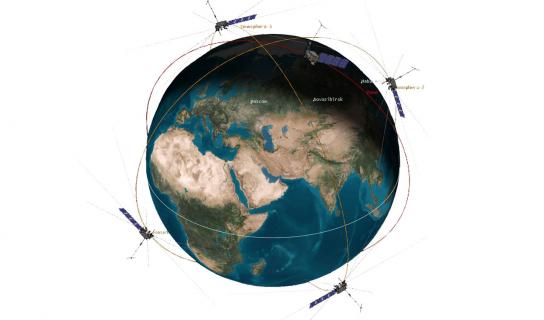
Ionozond is a satellite constellation for monitoring of geophysical environment and effects of solar and geomagnetic activity (so-called space weather) for fundamental research and practical applications. The system will consist of four Ionosphere-M spacecraft: two satellites in two orbital planes. It is planned that the system will be completed with a fifth spacecraft Zond-M for solar studies.
The customers of the space system are the Russian Federal Service for Hydrometeorology and Environmental Monitoring and the Russian Academy of Sciences.
Scientific Goals
- Ionosphere observations:
- spatial-temporal structure of the ionospheric parameters,
- spatial distribution of ionospheric electron concentration,
- natural and man-made irregularities and ionosphere-magnetosphere disturbances,
- physical phenomena in the ionosphere caused by impacts of natural and anthropogenic origin,
- spatial distribution of electromagnetic fields in the near-Earth space;
- Solar observations:
- mapping the Sun and near-solar space in the ultraviolet and visible spectral ranges;
- measurements of solar cosmic ray fluxes and hard electromagnetic radiation;
- measurements of solar X-ray and ultraviolet radiation;
- Observations of the upper atmosphere:
- luminescence of the upper atmosphere (optical characteristics),
- composition of the neutral upper atmosphere,
- global ozone distribution;
- Magnetosphere monitoring:
- particle radiation monitoring,
- registration of magnetospheric phenomena;
- Observations of electromagnetic wave activity in the ionosphere and upper atmosphere;
- Observations of corpuscular ionizing radiation:
- measurements of solar cosmic rays proton and electron spectra,
- measurements of galactic cosmic ray fluxes.
Mission Overview
Ionosphere is a part of the upper atmosphere of the Earth, kind of a ‘shell’ (as well as magnetosphere and lower atmosphere). It is located between the upper boundary of the neutral atmosphere at an altitude of 50 km and about 2000 km above the surface of our planet. It has a special role as an indicator of the state of our planet and the near-Earth space.
Most of the currents, which emerge as a result of increased solar and geomagnetic activity, are closed in the ionosphere. This makes it an ideal natural laboratory for near-Earth space monitoring. But one can reach this region with the help of spacecraft only.
Satellites, which can study and monitor the ionosphere, should bear instruments to measure basic plasma parameters that are concentration of particles, their composition and temperature, electromagnetic fields and waves’ characteristics, which are generated in satellite’s vicinity or propagate from distant regions.
But if one takes measurements only in the orbit of the satellite, then one will get a thin ‘slice’ at a fixed height and can only guess what happens above and below it. This dilemma can be resolved by an instrument capable of sounding the ionosphere at different altitudes and presenting the results in the form of a height profile. Such a device is called an ionosonde.
Emitting short radio pulses in a wide frequency range, it registers signals reflected from the ionosphere, and the reflection occurs at the point where the frequency of free oscillations of electrons (dependent on their concentration at a given height) is equal to the frequency of the probing radio pulse. Measuring the duration of the delay between the time of the emission of the pulse and the receipt of the reflected signal, one can determine the height of the reflection, and from the frequency of the reflected pulse, the concentration of electrons at this altitude.
The history of ionosondes dates back to the 30s of the XXth century, when the first experiments of sounding the ionosphere from the earth's surface were carried out. Now there is a global network of ground-based ionosondes, the data of which are processed by the corresponding geophysical services. But they gather data only about the lower part of the ionosphere up to the main maximum located at altitudes of 250–400 km. Everything above can be studied only from a satellite.
The first satellite ionosondes appeared in 1962 (Canadian-American satellite Alouette, French for 'Lark'). In the Soviet Union, the first ionosonde was installed onboard Cosmos-381 satellite (launched in 1970). The ionosonde IS-338 worked very successfully aboard the Intercosmos-19 satellite (1979), the first complex laboratory carrying such instrument. Then Kosmos-1809 satellite was launched (1987) with the same IS-338 ionosonde manufactured by an order of the Soviet hydrometeorological service. It was supposed to be the first satellite of an orbital constellation designed for regular global monitoring of the ionosphere. Unfortunately, the ionosonde onboard the satellite did not work for as long as planned, although other instruments successfully operated for another six years, and rich material was obtained on the local parameters of the ionospheric plasma.
The present Ionozond satellite project was conceived both to solve fundamental scientific problems and to monitor space weather for applied purposes.
The space complex Ionozond consists of two segments: 4 Ionosphere-M spacecraft and 1 Zond spacecraft.
Ionosphere-M spacecraft
During the implementation of the project, it is planned that 4 spacecraft Ionosfera-M, designed to monitor the state of the ionosphere, are launched into orbit around the Earth. All satellites have the same scientific payload.
- Ionospheric plasma energy spectrometer (ESIP) for measuring local parameters of ionospheric plasma along the spacecraft orbit, studying the structure and dynamics of the ionosphere as a whole, individual physical processes in the ionospheric plasma and global monitoring of the ionosphere
- Ozonometer-TM for spectroscopic measurements of the intensity of solar UV radiation reflected by the Earth's atmosphere in the 300–400 nm band
- Low-frequency wave complex (NVK2) to measure magnetic and electric fields of the near-Earth space in the frequency range up to 20 kHz in order to determine the state of the magnetosphere-ionosphere plasma and identify the effects of natural and anthropogenic origin
- GPS total electron content receiver (PES) to determine the altitude distribution of electron concentration of the Earth's ionosphere (from the base of the ionosphere to the altitude of the spacecraft) based on GPS / GLONASS radio occultation measurements
- Dual-frequency 150/400 MHz beacon (MAYAK) for radio probing of the Earth's ionosphere at frequencies of 150 MHz and 400 MHz in order to determine the parameters of the ionosphere in the sub-satellite region
- Plasma and Energetic Radiation Spectrometer (SPER/1) for measuring differential energy spectra of low-energy electrons and protons in the energy range 0.05–20 keV, electron spectra in the range 0.1–10 MeV, proton spectra in the range 1–100 MeV, α-particles of MeV energies
- Galactic Cosmic Ray Spectrometer (GALS/1) for measurements of proton flux density at energies of over 600 MeV in three energy bands (registered by Cherenkov detector), as well as for measurements of total proton and electron flux density by Geiger counter in four energy bands
- Gamma spectrometer (SG/1) for measurement of differential energy spectra of hard X-ray and gamma radiation of the Earth's atmosphere
- Satellite topside sounder LAERT designed for complex global sounding of the Earth's ionosphere from spacecraft at frequencies from 0.1 MHz to 20 MHz from the satellite altitude to the peak electron density altitude of the ionosphere and global distribution of HF electromagnetic emission of different origin
- Onboard Control and Science Data Collection System (BKUSNI) for collecting, storing, and transmitting scientific data from the Scientific Payload Instruments Complex (SPI) to the telemetric RLTSI-I radio line, as well as for managing the operation modes of the SPI units
Ionosphere-M spacecraft will be settled in two orbital planes, two satellites in each plane. Each pair of spacecraft in the same plane should be separated by an angle of 180° ± 30° in latitude. The position of the orbital plane of the first pair of spacecraft relative to the right ascension of the mean Sun is ~135°, the local time of the ascending node of the orbit is ~21.00 h. The position of the orbital plane of the second pair of spacecraft is ~46°, the local time of the ascending node of the orbit is ~15.00 h. The change in the position of the two orbital planes during the lifetime of the satellites is no more than ±10°.
Zond spacecraft
Zond spacecraft is designed for observations of the Sun.
- Coronagraph telescope (STEC) to monitor the solar corona at altitudes from 1 to 10 solar radii in vacuum ultraviolet (VUV) and visible spectral bands to determine the dynamics of coronal mass ejections (CME)
- Solar Imaging Spectroscope (SOLIST) to measure radiation fluxes and to construct high-precision images of the solar transition layer and corona at altitude range from 0.05 to 1 solar radius
- X-ray spectrophotometer (RESPEKT) for continuous monitoring of X-ray fluxes from the solar corona
- X-ray photometer (SRF) to measure the X-ray radiation from the Sun against the background of the charged particles
- Solar ultraviolet flux spectrophotometer (SUF) for measuring the radiation flux density of the Sun in the hydrogen resonant line HLα (121.6 nm)
- Multispectral system for the UV, visible and IR bands with a camera (LETICIA) to measure the spatial distribution of the radiation intensity of 630 nm [OI], 427,8 nm [N2+] lines of the upper atmosphere and ionosphere
- Scanning Ozonometer-Z for spectroscopic measurements of the intensity of the Sun's UV radiation reflected by the Earth's atmosphere in the 300–400 nm band
- Magnetometer (FM-G) for measurements of three magnetic field induction components for operational global and continuous monitoring of spatial and temporal distribution of magnetic field in the near-Earth space
- Radiofrequency Mass Spectrometer (RIMS-A) for automatic analysis of the neutral and ionic composition of the Earth's upper atmosphere and the spacecraft's own atmosphere in two ranges of mass numbers: (1–4) and (10–50) atomic mass units (a.u.m.)
- Gamma-ray spectrometer (SG/2) to measure differential energy spectra of the solar hard X-ray and gamma radiation in the energy range of 0.02–10.0 MeV
- Low-frequency wave complex (NVK2) for measurements of near-Earth space magnetic and electrical fields in frequency range from 0 to 20 kHz to determine the magnetosphere-ionosphere plasma state and to identify the effects of natural and anthropogenic origin
- Onboard Control and Science Data Collection System (BKUSNI-S) for collecting, storing, and transmitting scientific data from the Scientific Payload Instruments Complex (SPI) to the RLTSI-I radio line, as well as for managing the operation modes of the SPI units
Zond spacecraft will operate in a circular sun-synchronous, near-terminator orbit. Changes in the position of the orbital plane during the lifetime do not exceed ±10°.
Leading Organizations and Principal Investigators
- State Space Corporation ROSCOSMOS
- Federal Service or Russia for Hydrometeorology and Environmental Monitoring
- VNIIEM Corporation JC
- Fedorov Institute of Applied Geophysics, Russian Federal Service for Hydrometeorology and Environmental Monitoring
- Space Research Institute, Russian Academy of Sciences (IKI)
In Collaboration With
- Pushkov Institute of Terrestrial Magnetism, Ionosphere and Radio Wave Propagation, Russian Academy of Sciences (IZMIRAN)
- Scobeltsyn Nuclear Physics Research Institute, Lomonosov Moscow State University
- Radiophysical Research Institute, Niznhy Novgorod State University (NIRFI UNN)
Main Mission Publications
Anatoly Petrukovich, Mikhail Моgilevskii, Igor Kozlov, Sergey Pulinetz, Yurii Dobrolenskii, Konstantin Аnufreichik, Dmitrii Chugunin, Vladimir Nazarov, Aleksandr Аbbakumov, Vladimir Кuznetsov, Stanislav Аndrievskii, Yurii Mikhailov, Mikhail Panasyuk, Sergey Svertilov, Ivan Yashin, Vitaly Bogomolov, Аnatoly Iyudin, Vladimir Кalegaev, Vladislav Оsedlo, Vasilii Petrov, Аndrey Shemukhin, Аleksey Repin, Nadezhda Коtanaeva, Pavel Моiseev, Sergey Poljakov, Yurii Shlugaev, Vasilii Аsmus, Sergey Uspenskii, Leonid Маkridenko, Аleksandr Gorbunov, Vladimir Коzhevnikov Monitoring of Physical Processes in Upper Atmosphere, Ionosphere and Magnetosphere in Ionosphere Space Missions EPJ Web Conf. 254 02010 (2021) DOI: 10.1051/epjconf/202125402010
Websites
Космический комплекс «Ионозонд» on VNIIEM Corporation JC website (in Russian)
Gallery
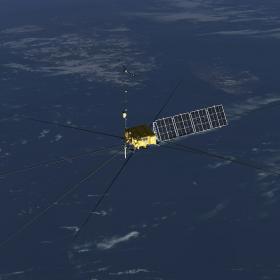
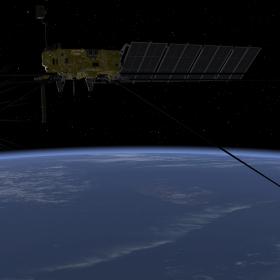
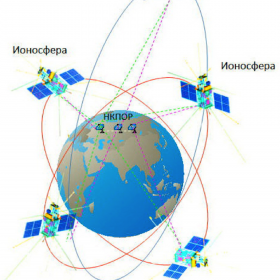
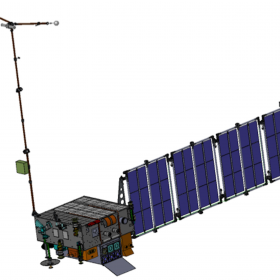
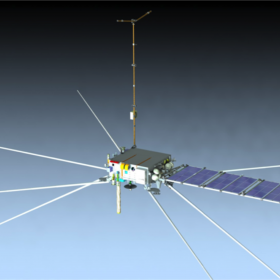

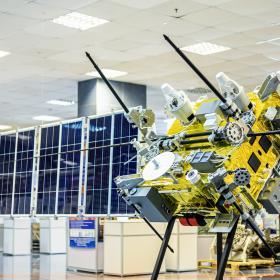

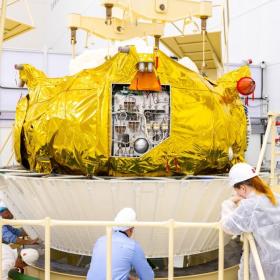
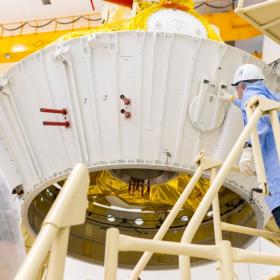
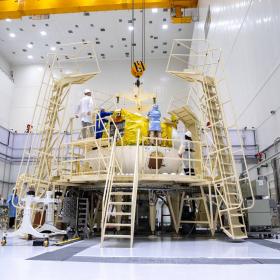
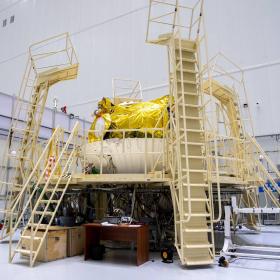
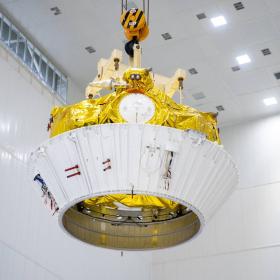
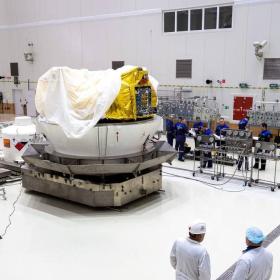
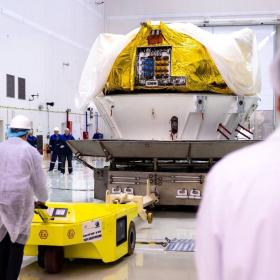
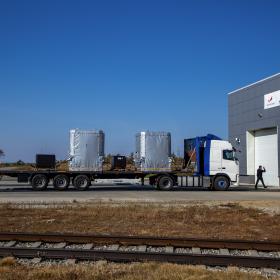
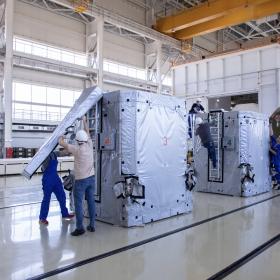
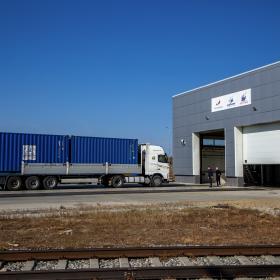
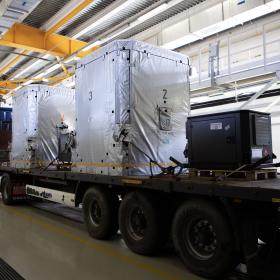
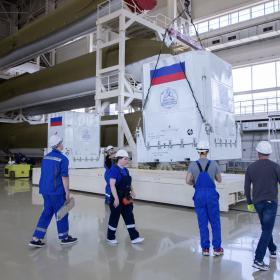


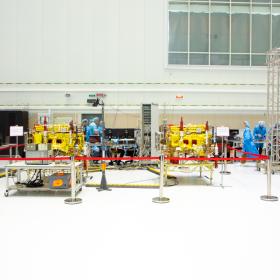

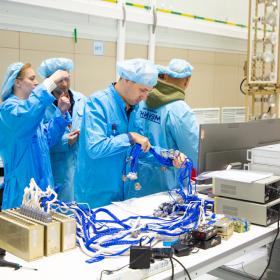
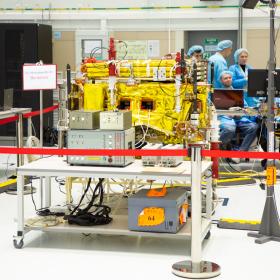
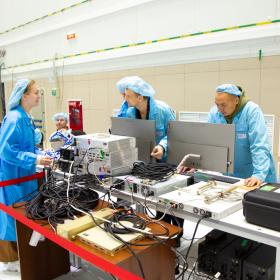

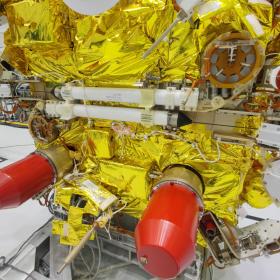
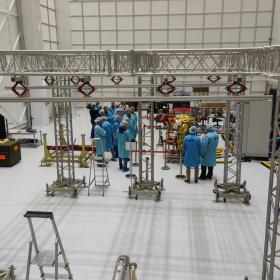
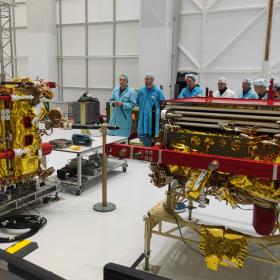
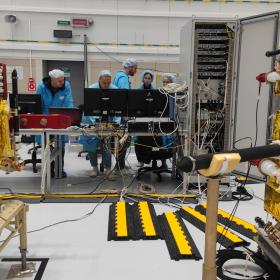
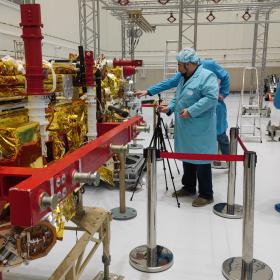
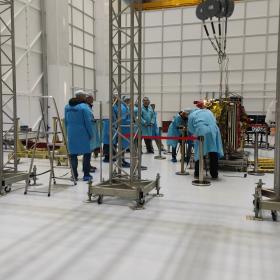
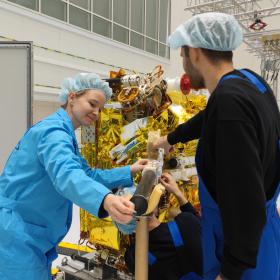
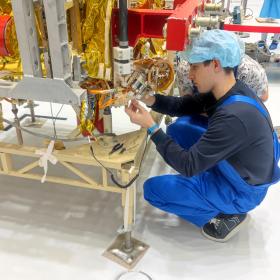
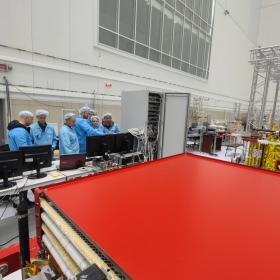


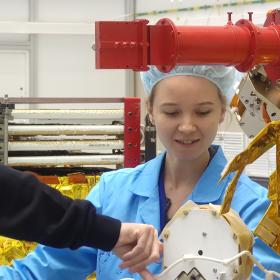
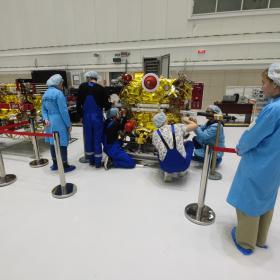

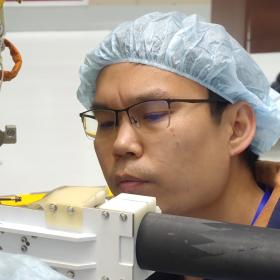
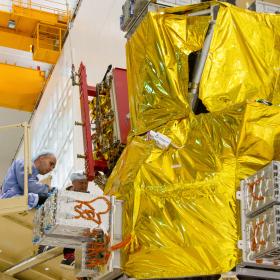
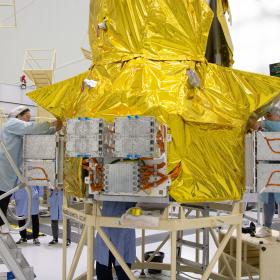

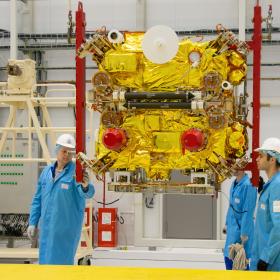

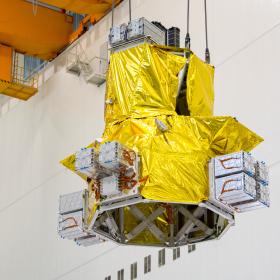
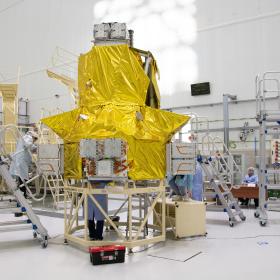
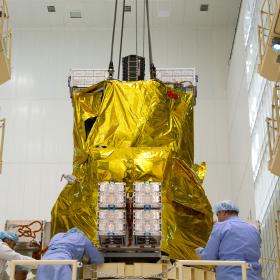
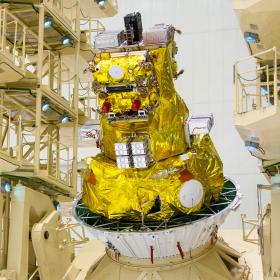



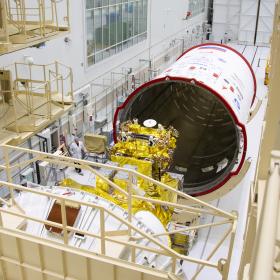

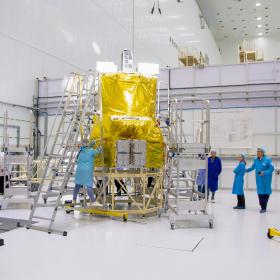
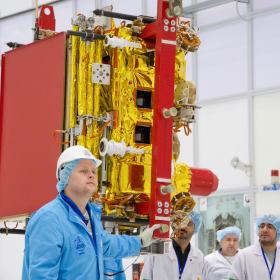
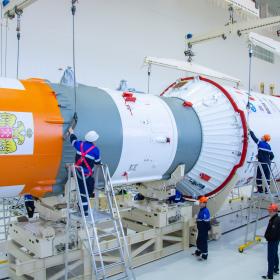

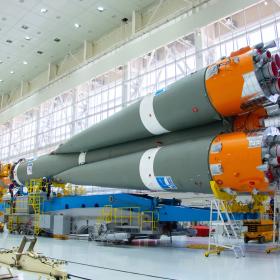
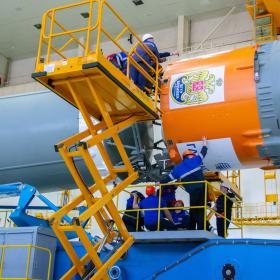
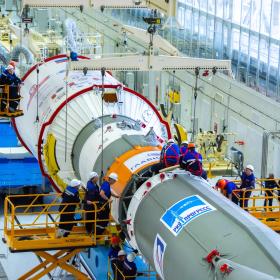
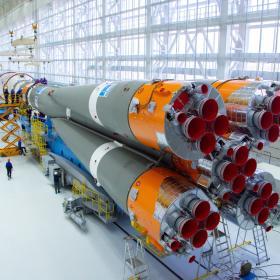
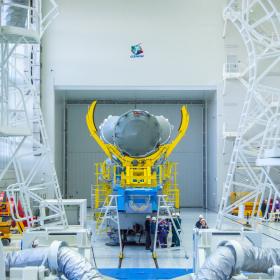
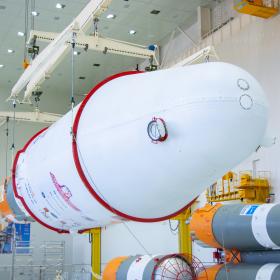
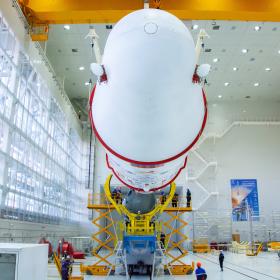
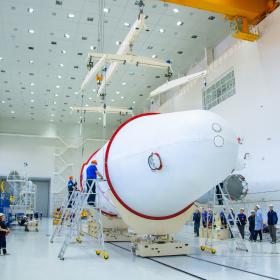
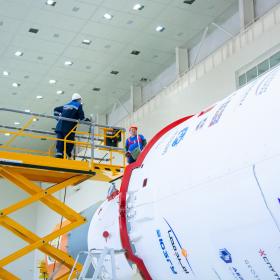
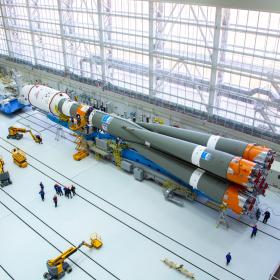
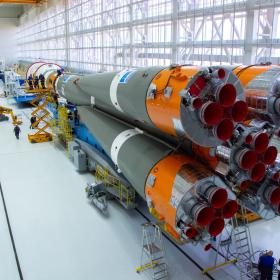
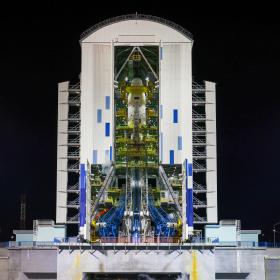

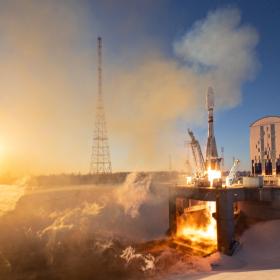
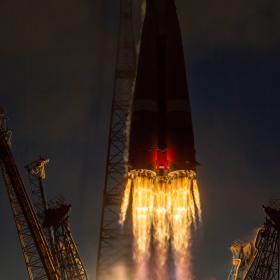

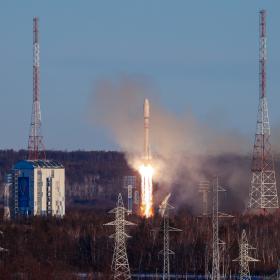

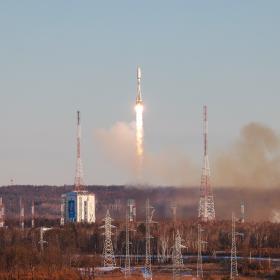
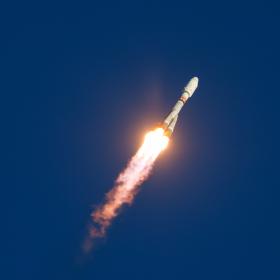
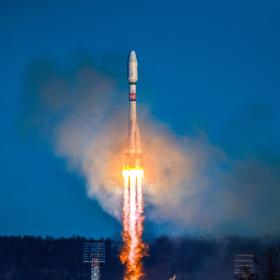
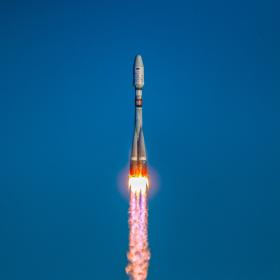
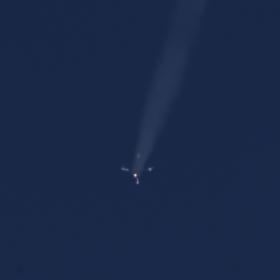
Ionosphere-M №1 and №2
Status: in operation
Launch: 05.11.2024, 02:18:40 Moscow time, Vostochnyi, Soyuz-2.1b launcher / Fregat booster
Ionosphere-M №3 and №4
Status: in operation
Launch: 25.07.2025, 08:54:04,135 Moscw time, Vostochnyi, Soyuz-2.1b launcher / Fregat booster
Leading space agency: ROSCOSMOS
NSSDC ID: №3 2025-155A, №4 2025-155B
Main website: Космический комплекс «Ионозонд» (in Russian)
